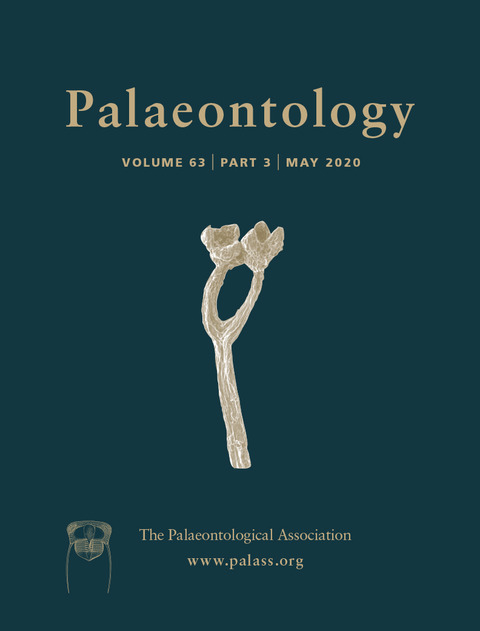Reg. Charity No. 1168330

Although extensive research has been carried out in recent years on the origin and evolution of human bipedalism, a full understanding of this question is far from settled. Miocene hominoids are key to a better understanding of the locomotor types observed in living apes and humans. Pierolapithecus catalaunicus, an extinct stem great ape from the middle Miocene (c. 12.0 Ma) of the Vallès‐Penedès Basin (north‐eastern Iberian Peninsula), is the first undoubted hominoid with an orthograde (erect) body plan. Its locomotor repertoire included above‐branch quadrupedalism and other antipronograde behaviours. Elucidating the adaptive features present in the Pierolapithecus skeleton and its associated biomechanics helps us to better understand the origin of hominoid orthogrady. This work represents a new biomechanical perspective on Pierolapithecus locomotion, by studying its patella and comparing it with those drawn from a large sample of extant anthropoids. This is the first time that the biomechanical patellar performance in living non‐human anthropoids and a stem hominid has been studied using finite element analysis (FEA). Differences in stress distribution are found depending on body plan and the presence/absence of a distal apex, probably due to dissimilar biomechanical performances. Pierolapithecus’ biomechanical response mainly resembles that of great apes, suggesting a similar knee joint use in mechanical terms. These results underpin previous studies on Pierolapithecus, favouring the idea that a relevant degree of some antipronograde behaviour may have made up part of its locomotor repertoire. Moreover, our results corroborate the presence of modern great ape‐like knee biomechanical performances back in the Miocene.